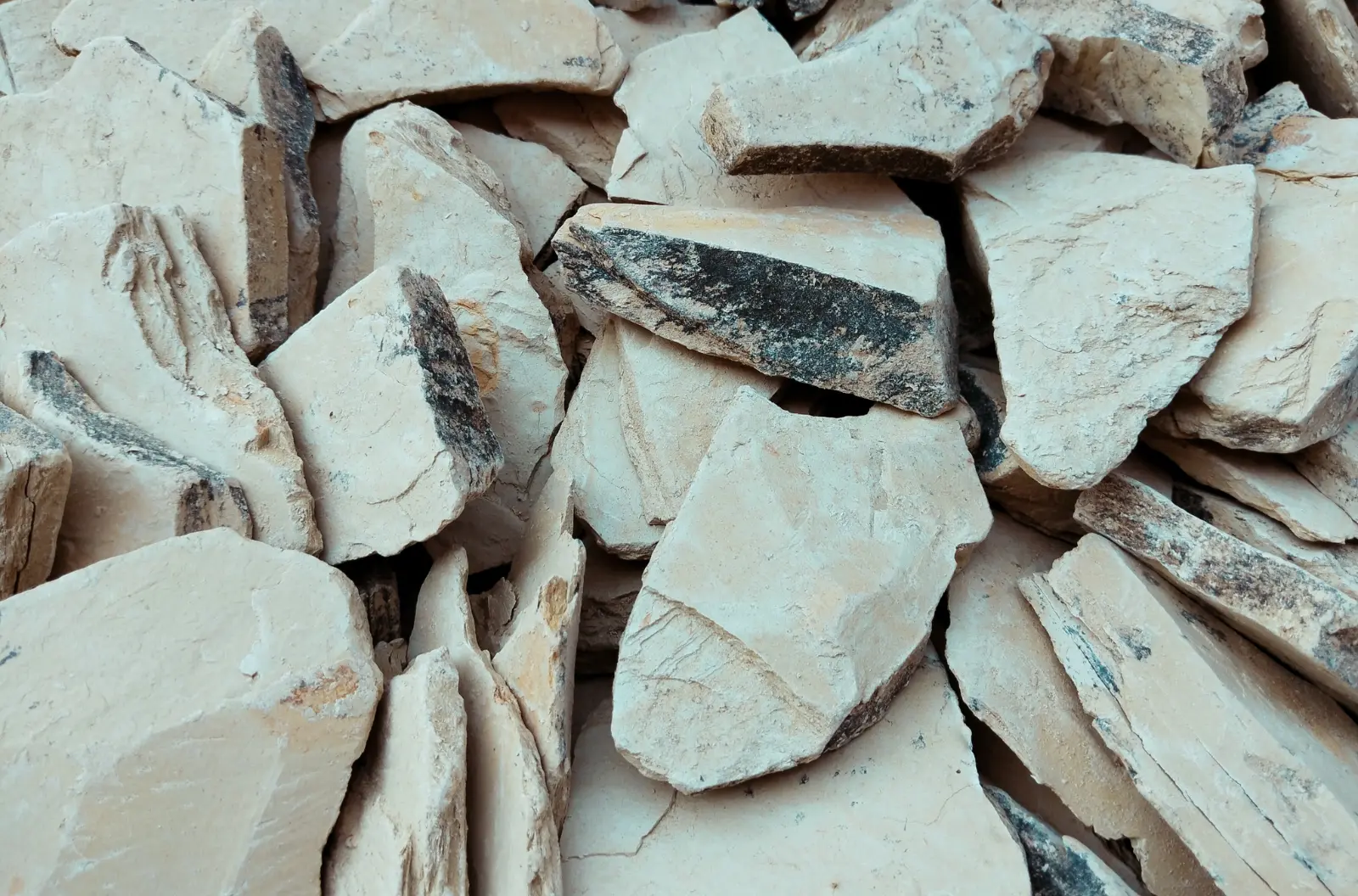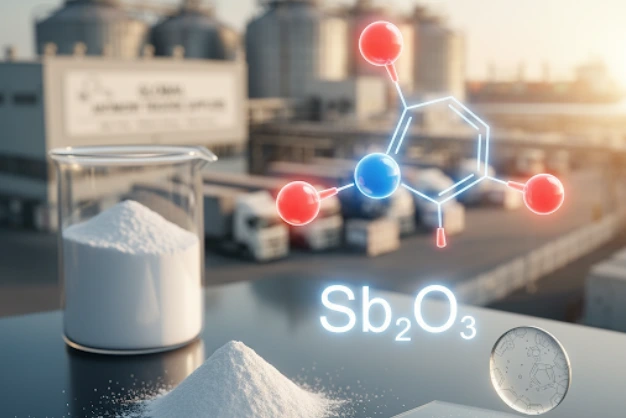Calculating the correct amount of Bentonite is essential for an effective seal. The amount required depends on the size of the pond and the soil type. As a general guideline, you may need between 1 to 3 pounds of Bentonite per square foot of the pond’s surface area. For ponds with sandy or gravelly soil, you might need more Bentonite to achieve a proper seal. Accurate calculation ensures you purchase enough material without overspending.
Proper preparation of the pond area is critical to the success of the Bentonite seal. Start by draining the pond completely. Once drained, remove any debris, rocks, or vegetation from the pond’s bottom and sides. The cleaner the pond surface, the better the Bentonite will adhere and seal the pond effectively. It may also be necessary to lightly scarify or roughen the pond’s surface to help the Bentonite bond more effectively with the soil.
Applying Bentonite can be done using different methods, depending on the specific needs of your pond. Here are three common methods:
Blanket Method: Spread a uniform layer of Bentonite over the entire bottom and sides of the pond. This method is effective for ponds with extensive leaks. After spreading, cover the Bentonite with 2 to 4 inches of soil and compact it.
Mixed Blanket Method: Mix Bentonite with the top 2 to 4 inches of soil at a ratio of 1:5 (Bentonite to soil). This method works well for ponds with less severe leakage issues.
Sprinkle Method: For ponds that cannot be drained, sprinkle Bentonite over the water’s surface, concentrating on areas where leaks are suspected. Bentonite will sink and settle into the leaks, swelling to form a seal. Note that this method is less effective than the other two and is generally considered a temporary fix.
Compaction is a vital step in the sealing process. After applying the Bentonite, it’s important to compact the soil or Bentonite mixture to eliminate air pockets and ensure a tight seal. You can use a roller or any heavy equipment suitable for compacting the pond’s bottom and sides. Proper compaction increases the effectiveness of the Bentonite and helps it form a solid, impermeable layer.
After the Bentonite layer is properly applied and compacted, begin filling the pond gradually with water. Filling the pond slowly allows the Bentonite to swell and create a strong seal. Monitor the water level closely during this process to ensure that the seal is holding. Rapid filling could disrupt the Bentonite layer, reducing its effectiveness.
This structured approach to sealing a pond with Bentonite ensures a comprehensive and effective solution, minimizing the risk of leaks and prolonging the life of your pond.
After successfully sealing your pond with Bentonite, ongoing maintenance is crucial to ensure the integrity of the seal and the overall health of the pond. Here are some key tips to help you maintain your pond:
Regular Water Level Checks: Keep a close eye on the water level in your pond, especially in the weeks following the sealing. A steady water level indicates that the Bentonite seal is working effectively. Any sudden drops in water level could signal a potential issue that needs to be addressed promptly.
Avoid Disruptive Activities: Try to minimize activities that could disturb the Bentonite layer, such as heavy equipment use or extensive digging near the pond. If you need to perform any construction or landscaping work, take precautions to protect the pond from potential damage.
Vegetation Management: Encourage the growth of beneficial vegetation around the pond’s edges. Plants can help stabilize the soil and reduce erosion, further protecting the Bentonite seal. However, avoid planting deep-rooted vegetation directly on the pond’s bottom, as roots could penetrate the Bentonite layer and create leaks.
Monitoring your pond for potential issues is essential to maintaining a long-lasting seal. Here are some practical steps to help you stay vigilant:
Routine Inspections: Conduct regular visual inspections of the pond, focusing on areas where leaks were previously identified. Look for any signs of water seepage, erosion, or unusual changes in water clarity that might indicate a problem.
Leak Detection: If you suspect a leak, perform a dye test by adding a small amount of non-toxic dye near the suspected area. If the dye is drawn into the soil, it could indicate a leak. Address leaks immediately by applying additional Bentonite to the affected area.
Seasonal Maintenance: Perform seasonal maintenance, especially before and after winter. Cold weather can cause the soil to expand and contract, potentially affecting the Bentonite seal. Ensure that the pond is well-maintained before the onset of winter to prevent any issues.
Water Quality Monitoring: Regularly test the water quality in your pond. Poor water quality, such as high levels of acidity or alkalinity, can affect the Bentonite’s performance. Maintaining balanced water quality helps ensure the long-term effectiveness of the seal.
By following these maintenance tips and monitoring strategies, you can extend the life of your pond’s Bentonite seal, preventing leaks and maintaining a healthy, well-functioning pond for years to come.
Sealing a pond with Bentonite can be highly effective, but only if done correctly. Avoiding common mistakes during the process is key to achieving a lasting and successful seal. Here’s an overview of the most frequent errors and how you can prevent them:
One of the most common mistakes is using too little or too much Bentonite. Insufficient Bentonite will result in an incomplete seal, leading to continued leaks. On the other hand, using too much can be wasteful and unnecessarily expensive.
Solution: Carefully calculate the amount of Bentonite needed based on your pond’s size and soil type. Follow the guidelines to ensure you apply the correct amount.
Failing to properly prepare the pond before applying Bentonite is another common error. Skipping steps like draining the pond, removing debris, or cleaning the surface can hinder the Bentonite from adhering effectively.
Solution: Take the time to thoroughly prepare the pond area. Drain the water, clear debris, and ensure the surface is clean and slightly roughened for better adhesion.
Applying Bentonite unevenly or using the wrong method can compromise the seal. Whether you’re using the blanket method, mixed blanket method, or sprinkle method, inconsistent application can leave gaps or weak spots.
Solution: Follow the recommended application techniques for your chosen method. Ensure the Bentonite is applied evenly and consistently across the entire pond area.
After applying Bentonite, it’s crucial to compact the layer properly. Failing to compact the Bentonite can lead to air pockets or loose soil, reducing the effectiveness of the seal.
Solution: Use appropriate equipment, such as a roller, to compact the Bentonite layer thoroughly. This step is vital to creating a solid, impermeable seal.
Filling the pond too quickly after applying Bentonite can disrupt the seal and cause the Bentonite to shift. This can lead to uneven sealing and potential leaks.
Solution: Fill the pond gradually, allowing the Bentonite to swell and settle into place. Monitor the process closely to ensure that the seal remains intact as the water level rises.
Even after successfully sealing the pond, neglecting ongoing maintenance can lead to future problems. Erosion, vegetation growth, or new leaks can compromise the seal over time if not properly managed.
Solution: Implement a regular maintenance routine, including water level checks, inspections for erosion, and monitoring for any signs of leaks. Address any issues promptly to maintain the integrity of the Bentonite seal.
By being aware of these common mistakes and taking steps to avoid them, you can ensure a more effective and long-lasting seal for your pond. Careful planning, precise execution, and ongoing maintenance are the keys to success.
Sealing a pond with Bentonite is a proven and effective method to prevent leaks and maintain water levels. By carefully assessing the pond, calculating the right amount of Bentonite, and following the proper application steps, you can achieve a durable and reliable seal. Regular post-sealing maintenance and avoiding common mistakes will further enhance the longevity of the seal. Whether you’re a landowner or a pond enthusiast, understanding how to seal a pond with Bentonite ensures a successful outcome and a thriving pond for years to come.





